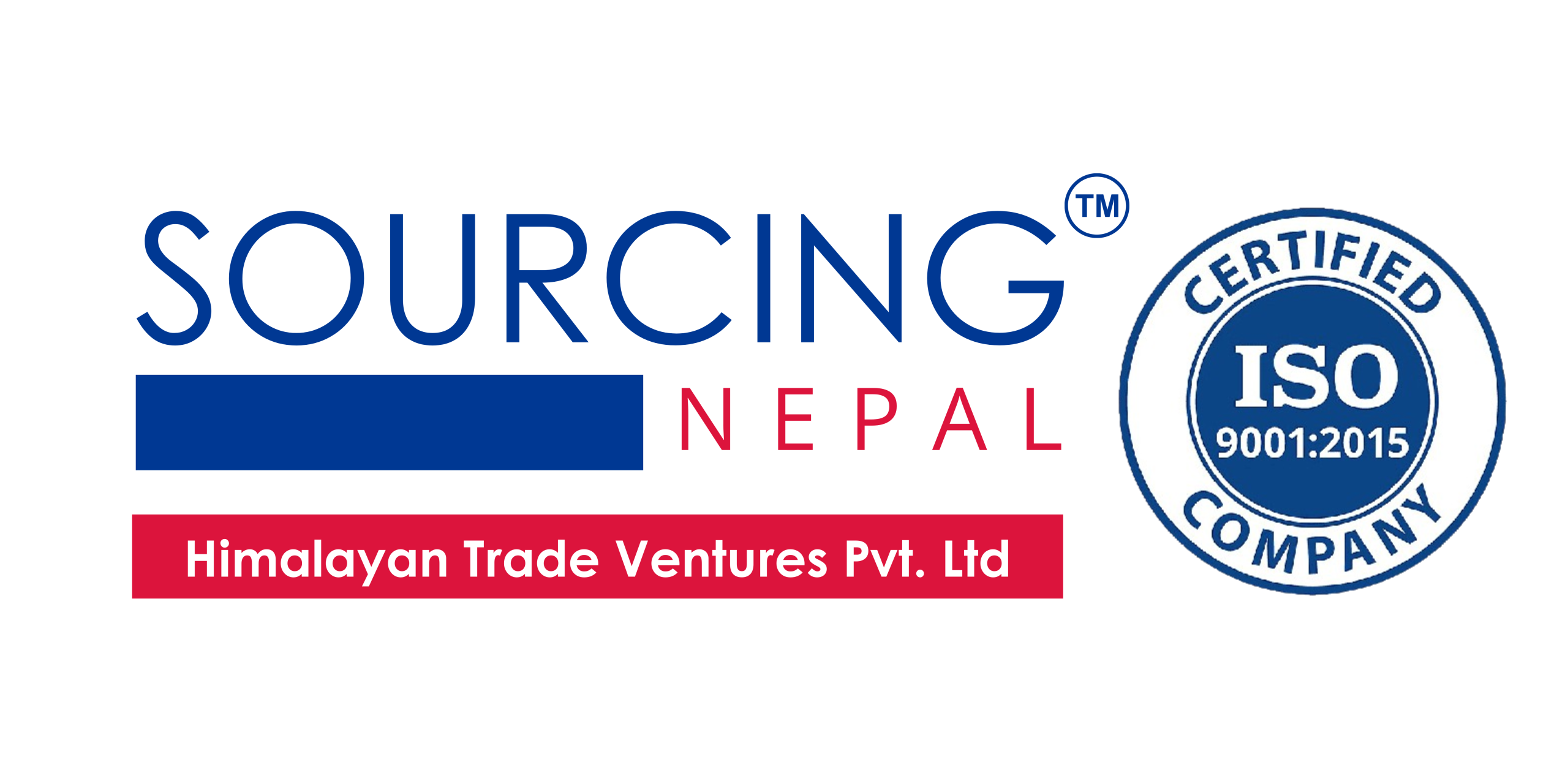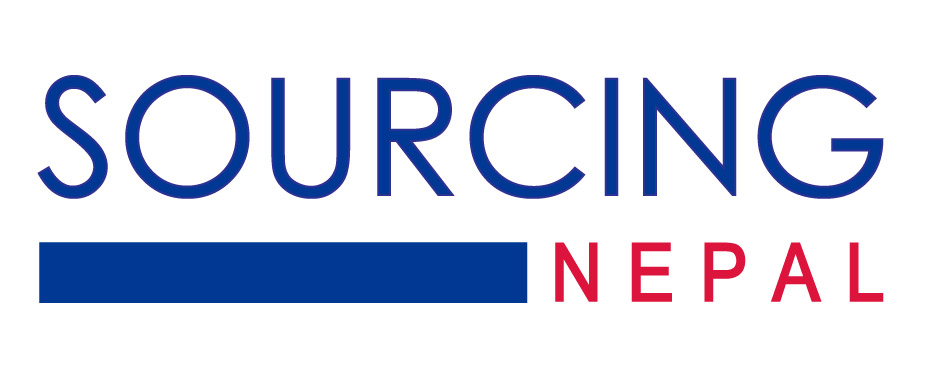Sourcing Nepal Moringa Powder
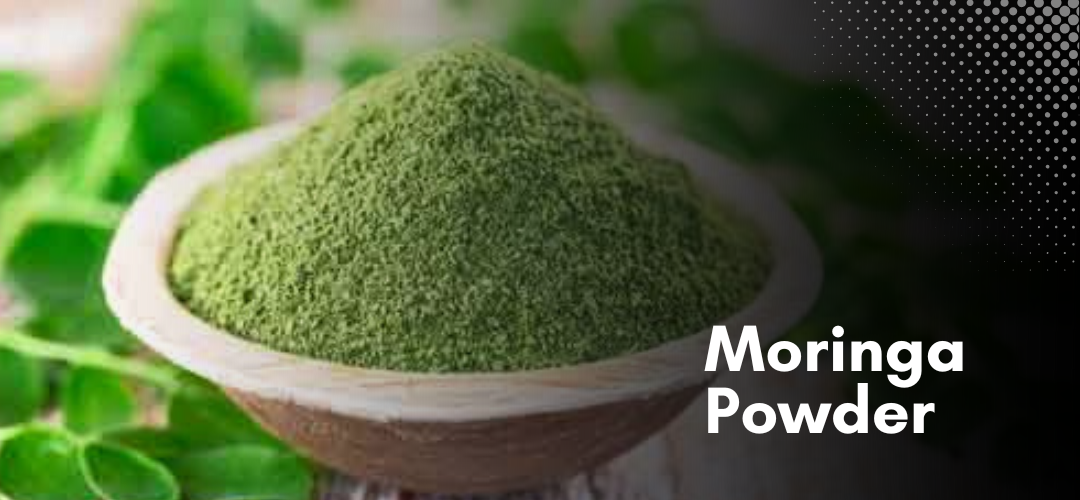
Sourcing Nepal offers certified moringa powder directly from Nepal’s fertile lands. Known as a “miracle tree,” moringa leaves are naturally rich in nutrients, providing a potent, plant-based source of essential vitamins and minerals. Our moringa powder is carefully processed to preserve its nutritional value, ensuring you receive a product that is as close to nature as possible.
Nutrient-Rich and Pure
Sourcing Nepal’s moringa powder is packed with vitamins A, C, and E, along with essential minerals like calcium and potassium. As a natural source of plant protein and dietary fiber, it supports overall wellness and vitality. This moringa powder from Nepal is ideal for those looking to enhance their health with a single, nutrient-dense addition to their diet.
Ethical and Sustainable Sourcing Practices
When you source moringa powder from Nepal through Sourcing Nepal, you’re supporting local communities and sustainable agriculture. We work with small-scale Nepali farms, using eco-friendly and ethical farming practices that contribute to the environment and support farmers’ livelihoods. Our certified moringa powder is responsibly sourced to give you a quality product while promoting sustainable practices.
Versatile and Easy to Use
Incorporating Sourcing Nepal’s moringa powder into your diet is simple and convenient. Add a teaspoon to smoothies, juices, or tea, or sprinkle it on salads and soups for a boost of nutrients. Its mild, earthy taste blends well with various foods, making it a versatile option for health-conscious consumers.
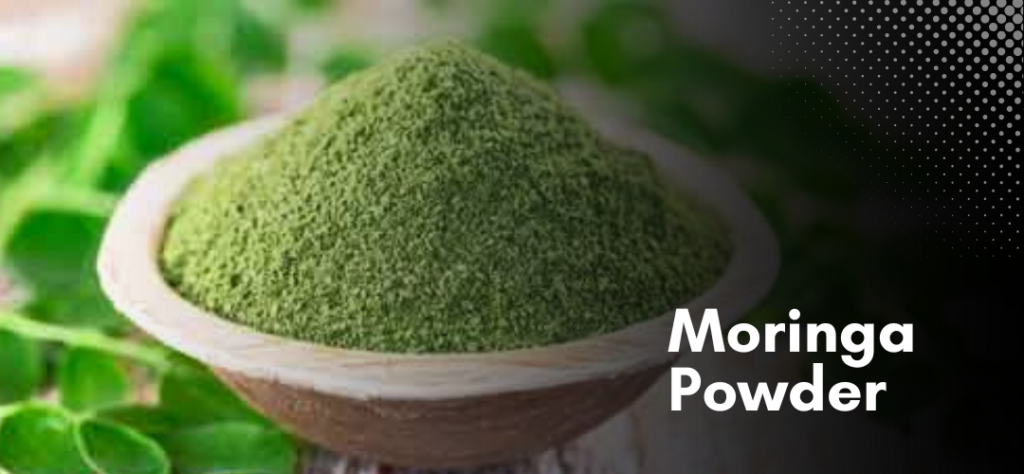
Discover the health benefits of moringa powder sourced from Nepal with these top benefits:
Boosts Immunity
Enhances Energy Levels
Supports Bone Health
Promotes Digestive Health
Aids in Muscle Recovery
Request Catalogue of Products
Trending Felt Products
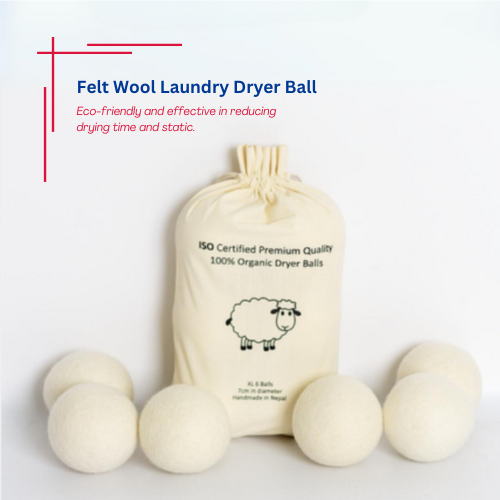


Felt making is an ancient craft that has been passed down through generations in Nepal. The process begins with raw wool, which is cleaned and carded to remove impurities. The wool is then dyed using natural dyes derived from plants and minerals, giving it vibrant colors. The actual felting process involves layering the wool and applying heat, moisture, and pressure to bind the fibers together. This can be done using traditional techniques, such as rubbing and rolling the wool by hand, or with modern equipment for larger-scale production. The result is a durable and versatile fabric that can be shaped and molded into various products.
